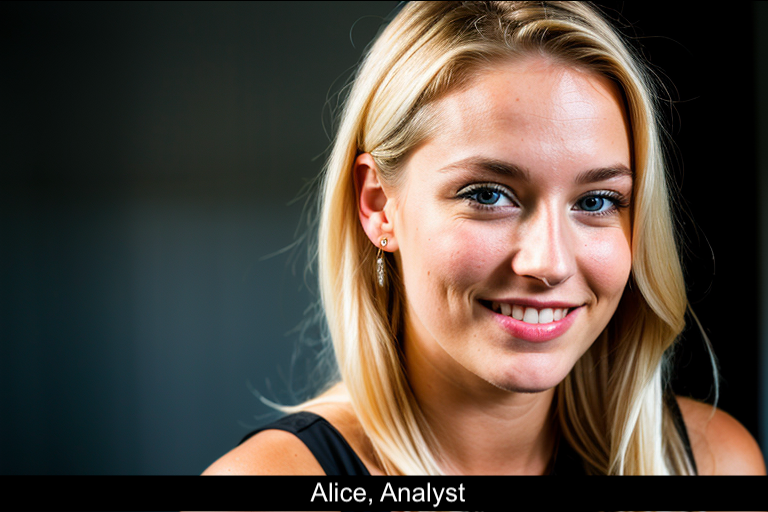The fashion industry has witnessed a remarkable emergence of South Sudanese models, who have gained recognition and success on global runways. Arop Akol, Anok Yai, and Alek Wek are just a few names to highlight the growing influence of South Sudanese heritage in modeling. This article will explore the reasons behind their rising popularity, the cultural implications of this trend, and the challenges these models face, including issues related to agency practices and societal perceptions about modeling in South Sudan.
**The Phenomenon of South Sudanese Beauty**
Once a region primarily known for its civil unrest and disaster, South Sudan is now making headlines in the world of fashion for delivering models celebrated for their stunning dark skin, striking height, and captivating features. With top fashion houses and brands increasingly seeking diversity, models like Akol, Yai, and Wek represent not only a new standard of beauty but also a catalyst for change in the industry’s perception of ethnicity and heritage. The allure of South Sudanese models extends beyond aesthetics; they symbolize resilience, strength, and the pursuit of a brighter future, often coming from backgrounds marked by struggle and hardship.
**Cultural Representation and Market Dynamics**
The visibility of South Sudanese models is significant for cultural representation, not only within the fashion industry but also on a broader societal level. When an individual walks the runway, they become an ambassador for their culture, breaking stereotypes, and showcasing the beauty of their heritage. In countries with prevalent beauty standards that frequently marginalize those with African roots, South Sudanese models are challenging the status quo. The demand for their unique beauty is a reminder that the global market is evolving, ultimately fostering a more inclusive approach.
**Resilience in Adversity**
Many South Sudanese models share stories of overcoming significant adversity. The civil war that erupted in South Sudan shortly after its independence severely impacted the country’s development. Millions were displaced, and many sought refuge in neighboring countries. Despite such challenges, models like Akur Goi found their way from refugee camps to international runways, showcasing a journey characterized by resilience and determination. Their narratives serve as an inspiration, highlighting that adversity can lead to radiant success when paired with ambition.
**Challenges in the Modeling Industry**
Notably, despite their rising fame, many South Sudanese models continue to encounter obstacles. The modeling industry, albeit glamorous, is rife with challenges. Instances of exploitation, where models are asked to pay for agency fees or are compensated in goods rather than cash, raise concerns about ethical practices within the industry. Arop Akol’s early experiences underscore the vulnerability of many aspiring models who may fall prey to unscrupulous agencies. The financial burden can stifle careers before they even begin, leading to calls for better regulation and support for models hailing from developing countries.
**Family and Societal Attitudes**
Another barrier that many South Sudanese models face is familial and societal resistance towards careers in modeling. The perception of modeling as akin to prostitution by some community members creates hesitation, especially in traditional households where conventional career paths are valued. For these models, it requires not only personal courage but also the ability to sway familial views. In some cases, as reported, families have actively resisted their daughters pursuing modeling, questioning its respectability. However, as success stories proliferate, there begins to be a shift in attitude, with some families recognizing modeling as a legitimate career that can provide financial stability and ownership over one’s narrative.
**The Road Ahead**
The growing presence of South Sudanese models in the international fashion scene indicates a positive trend towards diversity and acceptance in an industry once criticized for its narrow beauty standards. As more brands embrace diversity, there is an opportunity for South Sudanese models not only to thrive but also to inspire future generations. The journey of these models reflects a larger societal shift, where authenticity and representation will continue to be vital.
**Conclusion**
The rise of South Sudanese models represents both a cultural renaissance and an economic opportunity within the fashion industry. As these models gain broader visibility, they pave the way for a more inclusive understanding of beauty that transcends borders. However, it remains crucial for industry stakeholders to prioritize ethically responsible practices while fostering a supportive environment for emerging talent. As the desire for diversity continues to grow, future prospects for South Sudan’s modeling community seem promising, ushering in an era where beauty knows no bounds. Through their journeys, these models not only alter the fashion landscape but also inspire hope and resilience for their homeland, creating a narrative of empowerment and opportunity.




